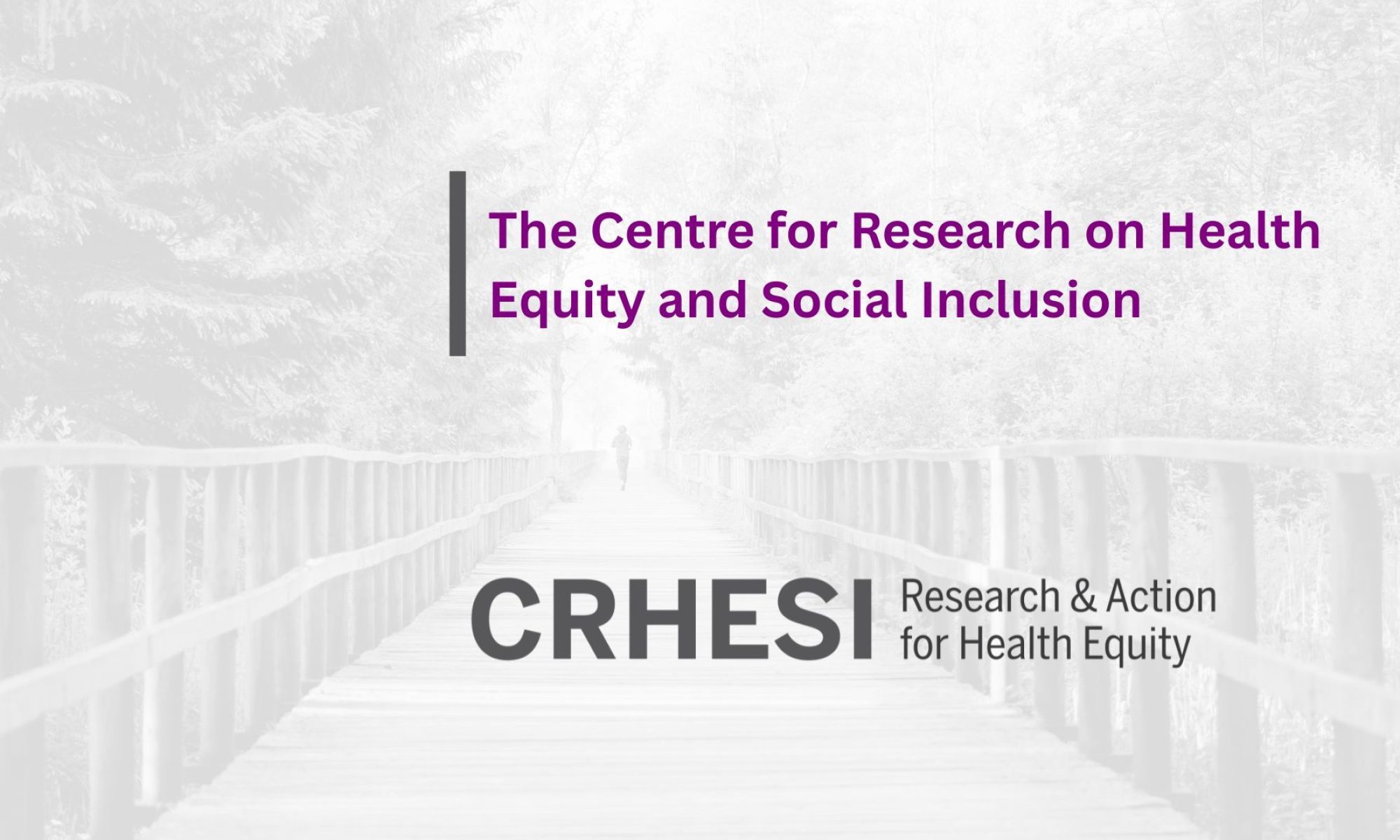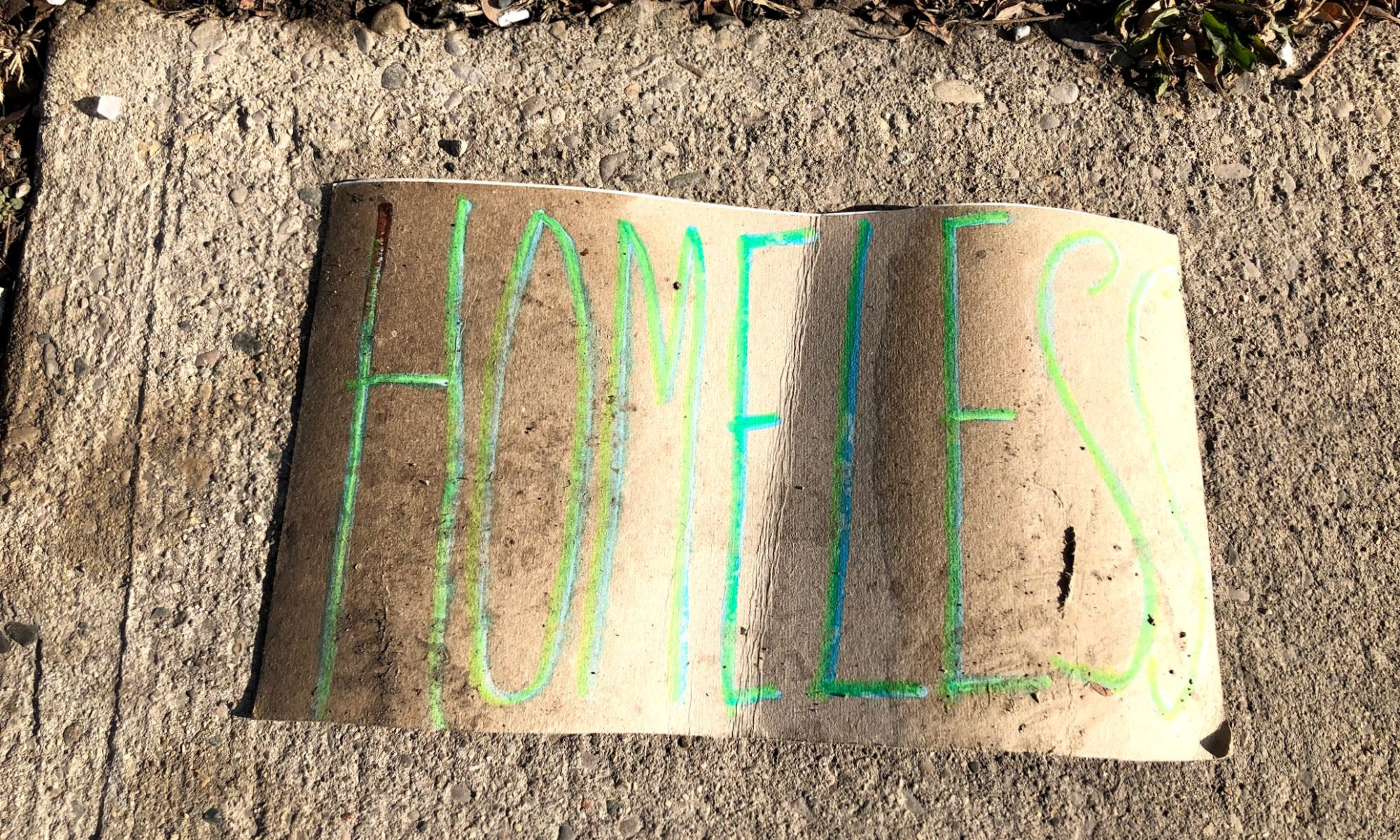Introduction
By Abe Oudshoorn, RN, PhD, Assistant Professor, School of Nursing, Western University
While the COVID-19 virus does not discriminate in regard to transmission, it is spreading within discriminatory societies. That is, health inequities continue within Canada and within First Nations from coast-to-coast-to-coast. Groups pushed to the margins of society include those who are homeless or are experiencing a housing crisis. This marginalized group already experiences a very low age of mortality and high rates of morbidities outside of the context of a pandemic. Within the pandemic, those living in long-term care, those incarcerated, and those residing in emergency shelters have been identified as the most vulnerable populations. For those who are unsheltered (ie. rough sleeping, urban camping, absolutely homeless) we don’t even have sufficient data to determine their vulnerability. However, given challenges to social distancing, high rates of substance use, and concurrent conditions, presumably their risk is as high or higher than these other 3 vulnerable populations.
A positive aspect of the way this crisis has been addressed is an increased focus on the needs of those who are without a home. Early community responses have included access to sanitation, new designs of food distribution, de-intensification in shelters, and use of hotels/motels to supplement living environments. Federal financial assistance for the homeless-serving sector flowed quickly and there has also been some provincial support, including access to PPE and increased wages for sector staff. However, while there has been a notable increase in the number of those speaking about people experiencing homelessness, there has still been a limited creation of space for the voices of those experiencing homelessness themselves to be heard. The purpose of this piece is to provide some of that space, to hear both from those working on the front-lines of the crisis within the crisis, and from those living this personally. We conclude with recommendations for policy that come from these stories.
The Moral Distress of Front-Line Providers
By Colleen Parsons, MSW, John Howard Society of London & District
Understanding the needs of individuals experiencing housing loss and the culture of drug use is very important, especially during the Covid19 outbreak, as these individuals are among the most vulnerable populations. The needs of individuals with complex trauma and addictions have been at the forefront of our community for quite some time. The lack of safe and affordable housing, the mental health crisis and the drug epidemic in the city were consistent and pressing issues in London prior to the outbreak, and the pandemic has brought about additional challenges. Now, policy makers and organizations are tasked with making time sensitive changes in policy and organizational changes within a broken system, which is difficult to navigate. It is a daunting task! Everyone is working tirelessly around the clock to establish new practices to ensure that clients, workers and the community are safe. Social distancing is a priority for all, the landscape changes rapidly, and communication is at times difficult in this new era. For example, workers are attempting to make use of new hotel options. The challenge that arises is both keeping up with the shifting system ourselves, as workers and informing our clients of changes. Ultimately, I worry that those with the highest support needs, or who are least sheltered, continue to be inequitably impacted.
After the increase of releases from prison during the pandemic, individuals discovered that they were homeless with nowhere to go and they had no idea how to find resources. They arrived on the street to find their usual destinations closed. They discovered that the shelters are full, social agencies are closed, the library and mall are closed, friends don’t want visitors couch surfing and there is nowhere to go during the day or at night. While some new strategies had been implemented, it has been chaotic for individuals who are not housed. Exacerbating this situation was the permeation of fear of the invisible enemy. Clients typically have many basic questions and concerns such as, getting into a hotel, accessing food and clothing, getting social assistance, having a shower, and washing clothing. These questions are posed every day from individuals, who are in a state of panic and have trouble coping with life under “pre-Covid normal” circumstances. The questions are hard to hear day after day. Throughout the challenges to assist individuals in answering their questions, I often found myself pondering if it comes down to who you know within the system, and/or is there simply not enough being done to meet the demands of all individuals without shelter or a home? Politics have always existed within the system and figuring out the “who’s who” within the sector has been a key resource for any frontline worker, but trying to figure this out in a rapidly shifting system has been quite a task, as roles and referral processes are ever changing.
What I have experienced during the days of trying to navigate the new Covid19 system, is that privilege exists within the homeless sector. Those who are already in shelter and are system connected are able to get access to new supports. Those agencies directly serving in the homeless sector are more informed of what these supports might be. Conversely, individuals with more complex needs and behaviours need stronger advocacy efforts from frontline workers and this can take weeks before a solution is reached. While street outreach is still available, the demand and need for outreach during the outbreak is significant and I fear that those who are rough sleeping are continuing to miss out on support. Unfortunately, those who are falling through the cracks include individuals who choose to sleep outdoors, sex trade workers, or those with complex behavioural needs, as they may be left unserved and unsheltered. While our system has always been more adept at serving those with low or moderate needs, this inequity may be elevated during a pandemic.
Access to food, personal hygiene and frontline support has been a key factor to supporting individuals’ wellness, as they manage through their daily challenges. These supports are not only limited, but access is regulated through customary channels that may already be avoided by those furthest on the margins. As we close our windows and doors, wear our masks and educate ourselves I often reflect on this, “How are we educating our most vulnerable community members during this time?” Specifically, for those who have to scrape through garbage to find their next meal or through recycling boxes to collect cans, as their main source of making money, are all opportunities closed to them? I wonder if it is the lack of education on the issue and rapidly changing shelter and health processes that has created this sense of fear that I am witnessing from my clients. Now, imagine being held down by the system feeling as though hope is out of reach.
Vicarious trauma experienced by front-line workers during the pandemic is real. Client narratives are more intense than those told in the past, where anxiety and fear are prevalent and the term “leaving work at home” becomes an ethical compromise. My advocacy and system navigation efforts have increased and this has become personally exhausting. I am challenged with finding new and innovative ways to serve my clients on a regular basis. What was once a question of, “I need to find housing,” is now coupled with fear and panic about how individuals can remain safe.
Lessons will be learned from Covid19. One would hope that this outbreak will provide the opportunity to redefine and implement long term, permanent housing for the most vulnerable and marginalized members of our community and institute preventative measures to avoid becoming homeless. Lives have been lost, and this must not be forgotten. Hopefully, this sad legacy instils a commitment to change in our society to ensure that in the future we have a system, which fights for the vulnerable, rather than against them. It is essential that we pause to understand the unfulfilled promises of inequity and undesired hierarchy, within the provision of service to individuals who need housing, to ensure that those who are most at risk in our community receive the care and hope they desperately need.
Living Beyond the Margins
By: L
‘L’ has experienced homelessness on and off for a couple of decades. Most recently, she has been unhoused since July 1, 2019. This is what she had to share with us about homelessness during COVID-19:
“I’m rough sleeping, I’m outside every night… I’m having to go to other ends of the city to make money, panhandling, where stores are open. I stay away from downtown because there’s nobody down there. Before I could make enough to get by but now I go to the grocery stores, and even there because there’s security everywhere, they have no compassion what-so-ever and I’m not doing anything, just sitting there with a sign, so there’s that problem… When I’m working I wear gloves and a mask to show that I respect the rules… The other problem is all the people who panhandle were disbursed before but now we’re all in one area… I’ve seen a lot of people, they run, it’s like they fear the homeless people like they believe we are the carriers of this or the cause of this. So I’ve had people literally cross the road to get past me, while staring at me… On the other side, people from all walks of life are also showing more care and concern, like food, blankets, asking us if we need anything. As for the government, now they want to give a shit about us and find a home for us. Not because they care but because they are scared, that’s how I feel anyway… They would rather house us but all of it’s going to be temporary, like how long, right? Temporary, I think… [I haven’t been accessing shelter] because there’s not enough places for women. At the Salvation Army men have 5 floors and we have half a floor… Other than that, there’s no where for women to go and if there is they’re always full… [Fast food] restaurants are a problem now because they’re not open. So after you make your money you can’t get through the drive through and god forbid you ask someone to order for you… I feel more stigma now, not verbally, but in how people look at you and how they try to avoid you… The safe injection site is amazing, the staff there are amazing. They keep us informed, tell us what is going on and what we should do, how the numbers are going with this thing… Every time I hear about them moving people into the hotels I’m like, ‘Who do I call?’ People giving me change, they keep bringing it to my attention to. Like, ok, do you know who I call? Can you find a number for me on your phone? They never know. I don’t want to be let down too if it’s not true or I don’t get it. They said they were doing it in a triage system, but I don’t believe that’s what’s happening, it’s who knows who… I noticed there’s not a lot of street outreach right now, they need to be more assertive with asking us if we’re ok, if there’s anything they can do. They should make medical resources easier to access in the pandemic. There are a couple times I didn’t go to the hospital when I wasn’t well. Then I went the one time and they said, ‘You can’t stay here,’ they thought cause I’m a drug addict I could be a carrier. I’ve heard from others that the busses aren’t even stopping for them.”
Conclusion
By Abe Oudshoorn, RN, PhD,
Where Canadian communities failed to adequately meet the needs of those unsheltered prior to the pandemic, it may be not surprising to see we continue to fail to meet their needs during the pandemic. Those who experience homelessness already face public stigma and feel this even more so as they are perceived as ‘infectious’ or ‘carriers’. The pandemic makes it all the more evident why we need to do better in helping people find home. There are a few potential areas of policy reform that I hear in the stories of Colleen and L:
- Poverty is an underpinning concern for those who are unsheltered, yet during the pandemic there has been no change to woefully inadequate social assistance rates. This inadequacy is made all the more evident as rates are almost a third of what is being provided as emergency income for formerly working Canadians. It is time to raise the rates to reflect truly living wages.
- While hotel and motel rooms have been made available to many of those experiencing homelessness, this has included both a capacity limit and an intake process that has not meant that this is a solution for all. Investment from all orders of government to increase capacity and reduce access restrictions would make this an option that meets the housing needs of those most leery about conditional accommodations.
- Street outreach remains a best practice for the unsheltered population yet is limited in terms of staffing, supplies, and even mobility in some communities. Significant investment in relationship-based street outreach is foundational of providing meaningful support to those who are most marginalized.
If you are interested in contributing to Voices from the Margins of a Crisis, please email Tanya Benjamin at tbenjam4@uwo.ca and Eaman Fahmy efahmy@pillarnonprofit.ca


